Past BMOL News
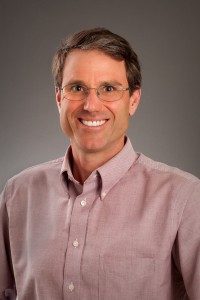 Dr. Owen McDougal recently Co-authored a Paper Published in Fitoterapia
Dr. Owen McDougal recently Co-authored a Paper Published in Fitoterapia
Entitled “Steroidal alkaloid variation in Veratrum californicum as determined by modern methods of analytical analysis“. Matthew W. Turner, Meagan Rossi, Vannessa Campfield, John French, Ellie Hunt, Emily Wade, Owen M.McDougal
Dr. Matthew Ferguson recently Co-authored an Article in The EMBO Journal
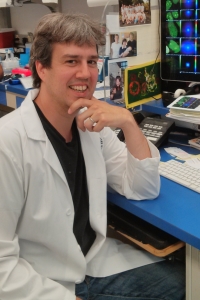
Entitled “Live-cell imaging reveals the interplay between transcription factors, nucleosomes, and bursting“. Benjamin T Donovan, Anh Huynh, David A Ball, Heta P Patel, Michael G Poirier, Daniel R Larson, Matthew L Ferguson, Tineke L Lenstra DOI: 10.15252/embj.2018100809
Dr. Eric Hayden to be honored at the Graduate College Award Ceremony
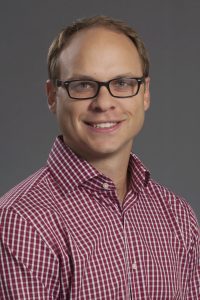
Dr. Hayden has been selected to receive an honorable mention for the Boise State Graduate College Excellence in Graduate Mentoring Award. Mentoring is a valuable element of graduate education; this award recognizes and celebrates the considerable efforts of faculty who consistently serve as effective mentors and to encourage and promote a culture of mentor-ship across the university. We are very proud of all the hard work Dr. Hayden puts into his students, and students across the campus community. Congratulations!
Dr. Eric Hayden was Awarded a NASA Grant

This is a three year $661,104 grant from NASA to study how early mutations in ribonucleic acid (RNA) molecules. Follow the link to read more! Grant to Understand RNA Mutations Could Help Explain Evolution of Life
Dr. Ken Cornell Highlighted in Boise State University’s Focus Magazine
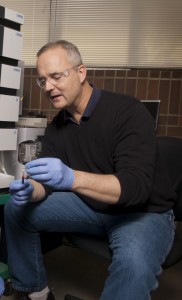
“I worked at a bush school in Kenya and a lot of my students were routinely sick from parasitic diseases,” he said. “Many had reoccurring diarrhea, which often were due to Giardia or amoebas, and the drugs to treat them were not readily available or were too expensive. In young kids, the diarrheal diseases caused by viruses, bacteria and parasites were a common cause of infant mortality by dehydration.”
To read the full article follow this link. Engineering more effective treatments for Giardia
Dr. Ken Cornell Recently Co-authored an Article in the Journal of Colliod and Interface Science

Entitled “Urea-derived graphitic carbon nitride (u-g-C3N4) films with highly enhanced antimicrobial and sporicidal activity“. Thurston JH, Hunter NM*, Wayment L*, Cornell KA DOI: 10.1016/j.jcis.2017.06.089
Neha Misra, Biomolecular Sciences Doctoral Candidate, Passed Doctoral Defense

Neha Misra successfully defended her doctoral dissertation entitled Development of a Cholera Toxin CTA2/B Based Staphylococcus Aureus Vaccine to Prevent Bovine Mastitis. Neha will be hooded at Boise State’s 2017 Fall Commencement.
Ken Tawara, Biomolecular Sciences Doctoral Candidate, Passed Doctoral Defense
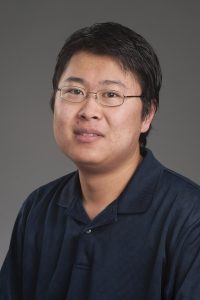
Ken Tawara successfully defended his doctoral dissertation entitled Oncostatin M Promotes Breast Cancer Metastasis: Increased Expression of Pro-angiogenic Factors, Inflammatory Cytokine Expression, and Circulating Tumor Cell Numbers. Ken will be hooded at Boise State’s 2017 Fall Commencement.
Nisha Shrestha, Biomolecular Sciences Doctoral Candidate, Passed Doctoral Defense

Nisha Shrestha successfully defended her doctoral dissertation entitled Lysenin Channels as Single Molecule Nano-sensors and Nano-switches for Controlled Membrane Permeability. Nisha will be hooded at Boise State’s 2017 Fall Commencement.
Dr. Daniel Fologea Highlighted in Boise State University’s Focus Magazine
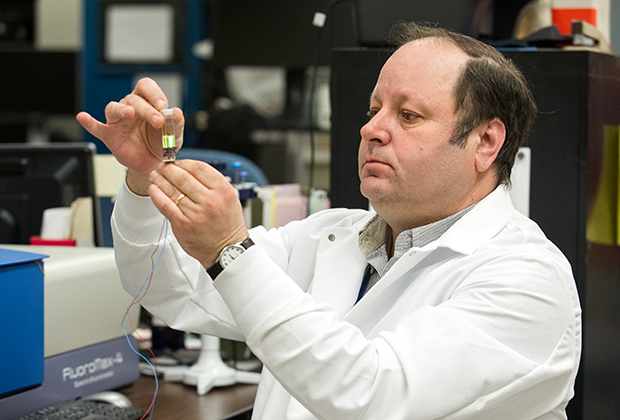
“My favorite thing about my job is when students get it, when they understand something and are able to use it,” he said. “It is better than having beautiful food on my plate. It is just the best.”
To read the full article, Teaching is the Beautiful Food on His Plate.
Jonathan Reeck, Biomolecular Sciences Doctoral Candidate, Passed Doctoral Defense
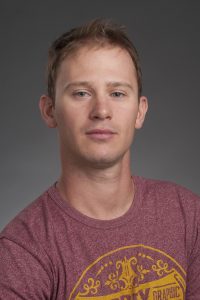
Jonathan Reeck successfully defended his doctoral dissertation entitled The Role of Col11a1 in Chondrocyte Phenotype Regulation During Cartilage Development and Disease. Jonathan will be hooded at Boise State’s 2017 Spring Commencement.
Hunter Covert, Biomolecular Sciences Doctoral Candidate, Passed Doctoral Defense
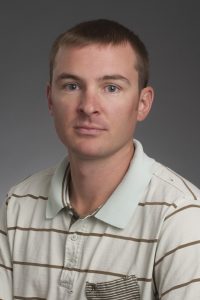
Hunter Covert successfully defended his doctoral dissertation entitled Inflammatory Cytokines in the Breast Cancer Metastatic Cascade. Hunter will be hooded at Boise State’s 2017 Spring Commencement.
Biomolecular Sciences Ph.D. Student, Sheenah Bryant, Has Been Featured as a Minority Graduate Fellow in the Quarterly NASA Educator
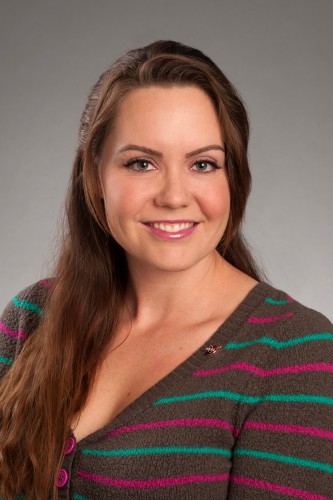
Sheenah Bryant, a student in the Biomolecular Sciences Ph.D. Program, was featured in an article entitled “A Potawatomi Daughter Embraces the Culture of Science”. Sheenah is the recipient of the NASA Office of Education Minority University Research and Education Project (MUREP) and Aeronautics Scholarship and Advanced STEM Training and Research (ASTAR) Fellowship which includes three years of funding and three full summers of internship opportunities. Sheenah will be doing her internship at NASA’s Ames Research Center in Silicon Valley, working with NASA scientists who collect and analyze biological data from samples exposed to various aspects of the space environment.
Boise State Physicist Extracts Lessons from Sea Squirts

There are a bewildering variety of chemical processes and mechanical forces at play in a single living cell. While much remains to be learned, progress has been made in determining which molecules within cells trigger specific biochemical reactions. Researchers refer to the components of these biochemical systems as “modules.” Meanwhile, mechanical forces and the molecular signals a cell uses to regulate them remain relatively unexplored.
Now, a newly formed research team, financed by an innovative Scialog Award, will attempt to discover at least a few mechanical modules by focusing on a specific system of broad interest — cell extrusion in epithelial sheets. Epithelial tissues line organs, cavities and blood vessels throughout an animal’s body; epithelial cells form sheets by connecting to one another via their lateral membranes.
The researchers — Adriana Dawes (Ohio State University), Matthew Ferguson (Boise State University), Dinah Loerke (University of Denver) and Megan Valentine (University of California, Santa Barbara) — have each received $50,000 to come together to attempt to modify and study epithelial cell extrusion in Botryllus schlosseri, also known as the star ascidian, golden star tunicate or sea squirt. Read more about the sea squirts article.
NIH-funded Research Aims to Silence Bacteria
Communication is an essential survival skill among all species, even the microscopic variety. But while humans generally use words and gestures to express needs, and animals screech, bark and howl, bacteria communicate using chemical molecules.
Understanding that chemical language is the goal of Boise State biochemist Rajesh Nagarajan, who recently received a $395,813, three-year grant from the National Institutes of Health to solve the problem.
Specifically, Nagarajan will look at how bacteria make the signal molecules to communicate with their neighbors. This communication happens only when bacteria need it in order to form a critical mass and attack, and different bacteria use different enzymes to, in essence, speak a specific language understood only by other targeted bacteria.
Read more about silencing bacteria.
Biomolecular Sciences Program to Award First Ph.D.
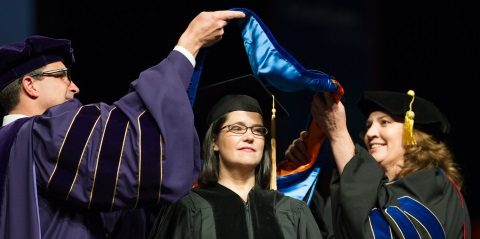
When Cheri L. Lamb is hooded at Saturday’s Spring Commencement ceremony, she’ll not only have achieved a hard-earned goal, she’ll also be the first student to earn a Ph.D. in biomolecular sciences from Boise State.
The interdisciplinary program in the College of Arts and Sciences focuses on preparing students to satisfy the needs of a growing biotechnology and medical community in a 21st-century world.
The first of its kind in Idaho, the program allows researchers to solve problems by transcending the boundaries between the the traditional disciplines of biology, chemistry, physics and computer science. The interdisciplinary nature of the program distinguishes it from other programs in biomedical research.
The biomolecular sciences Ph.D. program was started in 2012 and Lamb will receive her degree after only four years of study. “Cheri is a talented researcher and is able to graduate about a year and a half earlier than the national average,” said Denise Wingett, professor and director of the program. “Her research has resulted in numerous peer-reviewed publications as well as manuscripts under peer review.”
Lamb’s research has been investigating the consequences of exposure to an environmental toxicant called TCDD — specifically, how exposure to TCDD affects liver fibrosis, which is a reversible wound healing response. She worked in the lab of Kristen Mitchell, associate professor in Boise State’s Department of Biological Sciences, and benefited from the training, service and support provided by the Biomolecular Research Center (BRC) staff.
“I am confident that the interdisciplinary training and skills that Cheri has amassed will benefit her as she pursues the next step of her career,” said Mitchell. “The way members of my laboratory think about research and develop experimental approaches has been broadened and strengthened by interacting with other graduate students and faculty in this interdisciplinary program. That has just opened the door to new resources for addressing increasingly complex problems in biomedical research.”
Lamb said her journey toward her doctorate has changed her in many ways and serves as an inspiration. “To me, this Ph.D. means inspiring other women to go after their dreams and be the best they can be,” she said. “It means inspiring a love for science in my daughter and showing her she can do whatever she wants to do and become whatever kind of person she wants to become.”
Immediately upon graduation, Lamb plans to apply her interdisciplinary training to biophysical research investigating the functionality of transmembrane cellular transporters. These transporters could lead to new methods of non-invasive delivery of drugs or treatment materials into living cells to control cellular functions.
Research by Daniel Fologea was featured in a story from Inside Science

Research by Daniel Fologea was featured in a story from Inside Science titled “X-Rays Help Deliver Drugs with Pinpoint Accuracy.” The story referenced a presentation Fologea made at the February meeting of the Biophysical Society, where he briefly outlined his work with liposomes. These small artificial fat molecules can travel harmlessly throughout the body carrying medication, which can then be delivered to a specific site when hit with X-rays at a precise moment. Read the article here: X-rays help deliver drugs with pinpoint accuracy.
NSF CAREER Award Could Lead to New Disease Treatments
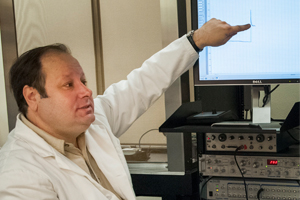
A protein extracted from the fluid of earthworms is providing researchers with valuable information that could help treat deadly diseases or eventually even lead to a cure for cancer.
Daniel Fologea, assistant professor of biophysics, is using lysenin protein in his five-year, $505,000 CAREER award from the National Science Foundation’s Biomaterials program.
The CAREER award is the NSF’s most prestigious award supporting junior faculty who exemplify the role of teacher-scholars through outstanding research, excellent education and the integration of education and research within the context of the mission of their organizations. It is intended to give promising researchers an early career boost by providing stable research funding over an extended period of time.
Titled “Single molecule characterization and controlled transport using lysenin channels inserted into lipid membranes,” Fologea’s project integrates physics, biology, mathematics, engineering and education to advance the understanding and applications of lysenin channels for scientific, technological and biomedical purposes.
Here’s how it works. Proteins are inserted into insulating lipid membranes, forming nano-sized channels through the hydrophobic wall (a nanometer is a billionth of a meter). When an electrical current is passed through that channel, the passage of molecules through the pore produces tiny changes in the current flow. Watching for these changes allows researchers to detect and identify even a single molecule — such as a cancer marker — as it passes through the channel.
Dr. Rajesh Nagarajan awarded NIH Grant
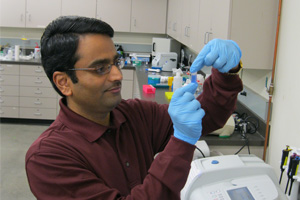
The $329,509 NIH award is for 3 years. The rapid rise in multidrug resistant bacteria poses special challenges to treating bacterial infections. Interbacterial communication via quorum sensing, facilitated by signal synthesis enzymes (such as AHL synthases in Gram-negative bacteria) has been implicated in the emergence of plasmid-mediated resistance, biofilm formation and toxin production. Since quorum sensing is an important step in virulence expression, AHL synthase inhibitors will provide valuable tools to manipulate bacterial pathogenicity. The focus of this NIH grant is to investigate the molecular basis on how a signal synthase prevents synthesis and accumulation of nonspecific signals (noise) during microbial communication. As part of this award, both graduate and undergraduate researchers in Dr. Nagarajan’s laboratory will utilize protein biochemistry and mechanistic enzymology to uncover the role of AHL synthases in enforcing signal fidelity in microbial communication, which will provide key insights to designing quorum sensing inhibitors.
Sheenah Bryant Awarded Prestigious NASA Fellowship

Sheenah was one of Boise State graduate students who was named a NASA Harriett G. Jenkins Graduate Fellows following a rigorous selection process. Only 13 of the prestigious Minority University Research Education Project (MUREP) Advanced STEM Training and Research (ASTAR) fellowships were awarded from proposals submitted from across the country.
The awards to Ann Marie Raymondi, a master’s student in biology, and Sheenah Lynn Bryant, a Ph.D. student in biomolecular sciences, require a multi-year commitment by both the fellow and their faculty advisor. The fellowships provide up to three years of funding to cover a stipend, fees, tuition and travel to national conferences, with an additional allocation for each advisor. As part of the application, the students developed a research proposal that was evaluated by NASA for scientific rigor and impact.
“These awards demonstrate that Boise State has joined an elite group of research universities. We attract high-quality graduate students who are competitive nationally, and institutions such as NASA recognize the research strengths of the university and, most importantly, the success of our students,” said Nancy Glenn, professor of geosciences and Raymondi’s advisor. “While it is wonderful to receive one award, the fact that Boise State received two awards only solidifies that we have become a metropolitan research university of distinction.”
In addition to research conducted at Boise State during the academic year, the award provides for an annual 10- to 15-week center-based research experience at a NASA Research Center. These experiences allow fellows to advance their degrees in STEM education, gain relevant research experience, expand their social networks, learn best practices and enhance their understanding of the research process.
NASA also provides professional development opportunities. Raymondi and Bryant are headed to Washington, D.C., this week to participate in the National Institute on Teaching and Mentoring conference.
“These awards are a great opportunity to expand research and educational opportunities for our students,” said Daniel Fologea, assistant professor of physics and Bryant’s advisor. “It confirms once again that the efforts Boise State puts into developing interdisciplinary programs is the right thing to do.”
Fologea notes that the fellowships will significantly increase the visibility of Boise State’s high-quality STEM education at both the undergraduate and graduate levels.
The MUREP program focuses on recruiting underrepresented and underserved students in STEM disciplines through completion of undergraduate or graduate degrees in support of their entry into the scientific and technical workforce.
Sheenah Lynn Bryant, didn’t fully appreciate the opportunities presented by the award until she was able to tell her sons. “I told them that this fellowship has given me the opportunity to work with NASA to help astronauts spend more time in space,” she said. “My 8-year-old son responded by saying that he was proud of me for working so hard, and that now I will get to work for NASA and become a superhero. This award means to me that I can research exactly what I’ve always been passionate about and that anyone can become whatever they want to be.”
Her project is titled “Microgravity Induced Modulation of Ca2+ Transport Mediated by TRPV4 as a Risk Factor for Osteoporosis.” The project aims to identify the effects of prolonged flight exposure on bone remodeling processes by considering the impact of microgravity on the biological activity of TRPV4 ion channels.
Abstract: Astronauts experience unique risk factors while in space. One of these risk factors is the absence of gravity or mechanical stress, which affects the musculoskeletal tissue resulting in loss of bone mass. Scientists have identified TRPV4 ion channels as transmembrane proteins potentially involved in the cellular process of bone loss while in space. Our research objective is to demonstrate that absence of gravity increases the activity of TRPV4. Further, we will demonstrate that this increase in TRPV4 activity leads to a greater number of osteoclast cells which function to break down bone matrix. By understanding the role of TRPV4 in bone loss, we may develop practical measures to minimize bone loss in astronauts during space missions.
Excerpted from Kathleen Tuck’s article in the November 20, 2015 Update.
Jennifer Forbey’s Fulbright Could Lead to More Effective Drugs
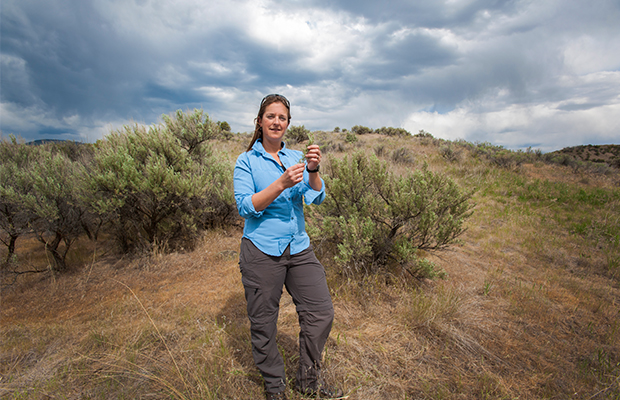
Jennifer Forbey, associate professor of biological sciences, will travel to Sweden and Norway in February 2016 on a Fulbright Scholar award.
Forbey will spend four months studying the co-evolutionary relationship between plants and herbivores in an effort to speed the discovery of new and more effective drugs to treat diseases, particularly those that have developed multidrug resistance. She has done similar research with Idaho sage-grouse and pygmy rabbits for several years.
For her Fulbright award, she will partner with colleagues at Grimsö Wildlife Research Station, Sweden, and the Hedmark University College in Evenstad, Norway, which is a leading institution for grouse research. Hedmark is responsible for coordinating the grouse monitoring activities across Scandinavia and Russia as leaders of the Grouse Monitoring Network.
Researchers will observe four species — Rock ptarmigan, willow ptarmigan, capercaillie and black grouse — as they eat native plants that are highly toxic to other animals. The foraging behavior of these species is easily observed in the wild and their seasonal habitat use is well known, making them perfect for the study.
Greg Hampikian Featured In Two Recent Media Reports
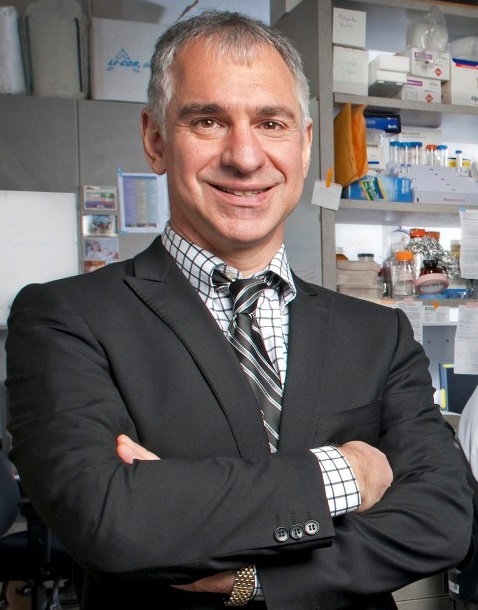
DNA expert Greg Hampikian, Professor in the Department of Biological Sciences and Criminal Justice, was featured in two recent media reports on the problems surrounding the use of DNA in criminal trials. The first, which he penned for the current issue of New Scientist, is titled “Amanda Knox legal fight highlights fallibility of DNA forensics.” The second, on the WSB (Atlanta) TV website, quotes Hampikian regarding claims that a teen was shot and killed in 2011 after grabbing a police officer’s gun.
NSF Grant Looks at the Process of Molecular Evolution
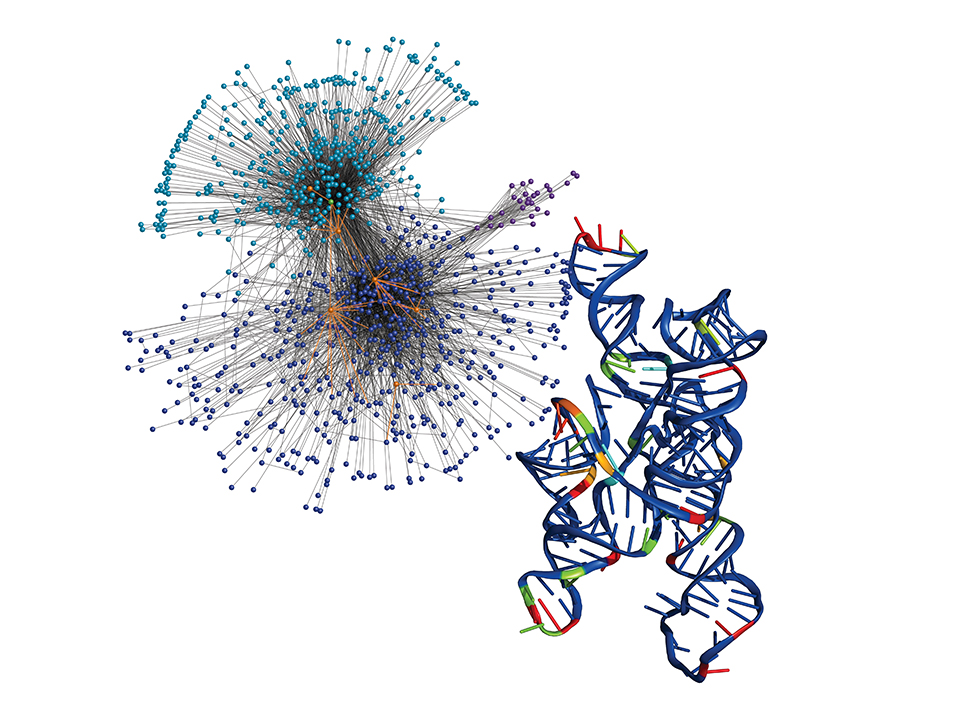
On the biological level, nothing is as certain as change. Just ask Darwin. At any given time, a species somewhere is dying out and a new species is inching toward life.
But these kinds of change take time, often far more time — eons more time — than we have to observe them. Fossils can provide us with a historical record of evolutionary change, but many of the intermediate forms are missing and may never be found. This makes evolutionary studies difficult, at best, and a topic avoided by many researchers, at worst.
But what if there was a way to reconstruct the process, so scientists could document all the stages of how things change? What if there was a better way to observe how organisms evolve over time and discover whether they change gradually or in sudden bursts of activity?
Eric Hayden, a molecular and cellular biologist in the Department of Biological Sciences at Boise State, proposes to do just that. He is the sole principal investigator on a new experimental evolution grant from the National Science Foundation that could lead to a better understanding of the evolutionary process.
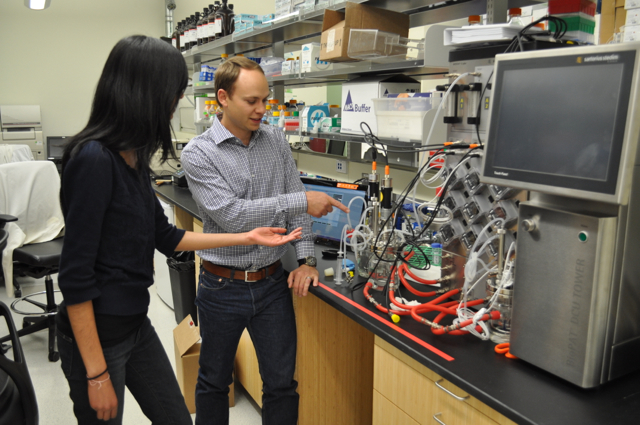
The evolution of organisms begins with changes in large molecules, including enzymes. Enzymes are nature’s way of speeding up the naturally slow pace of chemical transformations inside all living organisms. But unlike organisms, the intermediate molecules in the evolution of enzymes can be reconstructed and studied in the lab.
Hayden will study RNA enzymes in an attempt to learn more about the innovation of macromolecular shapes and structures.
“We know there are lots of enzymes in life that take different shapes to do different jobs. I want to look at how new shapes might emerge,” Hayden said. “It is difficult to observe the process of new shapes being formed in our lifetime. But in the lab, we can synthesize the process and all the intermediate forms. We’ll be able to look at each step and see how the enzymes have changed.”
Boise State Receives $10 Million COBRE Grant from NIH
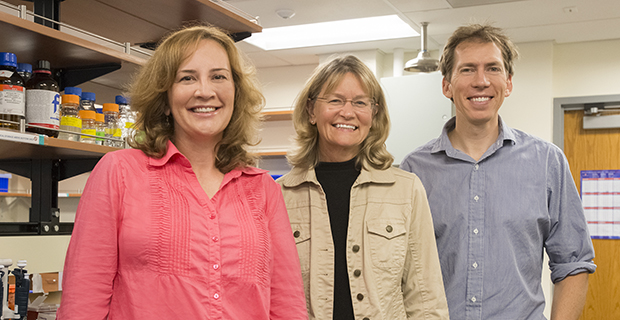
A $10 million grant over five years from the National Institutes of Health will establish a prestigious Institutional Development Award (IDeA) Center of Biomedical Research Excellence (COBRE) in Matrix Biology at Boise State University. COBRE centers promote collaborative, interactive efforts among researchers with complementary backgrounds, skills and expertise.
The IDeA program builds research capacities in states that historically have had low levels of NIH funding by supporting basic, clinical and translational research; faculty development; and infrastructure improvements.
This is the first COBRE grant awarded to Boise State and the third in Idaho. It will support research in heart disease, cancer and stroke; ligament injury and repair; and liver fibrosis. Additional projects could be added over the course of the grant in musculoskeletal and cancer research.
The grant will be housed within the Boise State Biomolecular Research Center (BRC) and administered by Julia Oxford, biology professor and director of the BRC. The grant is part of the Institutional Development Award (IDeA) program, which broadens the geographic distribution of NIH funding for biomedical and behavioral research.
“An award of this magnitude is recognition of the high-quality research being done by Boise State’s biomolecular faculty investigators and will allow us to increase our biomedical research efforts. It demonstrates that our researchers are contributing to solving the major health concerns of the nation,” said Boise State President Bob Kustra. “It also reflects the university’s focus on the collaborative, transdisciplinary research that is vital to innovation and scientific discovery.”
Dr. Daniel Fologea Awarded US Patent
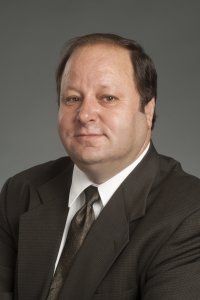
Fologea D, Salamo G, Henry R, Borrelli MJ, Corry PM. Method of a controlled drug release from a liposome carrier. Patent No.: 8,808,733 B2, August 19, 2014.
Liposome Research Adds Up to Better Cancer Treatment Options
In the race to find more effective ways to treat cancer, Boise State biophysicist Daniel Fologea is working outside the rules of general mathematics that say one plus one equals two. In his world, one plus one adds up to a whole lot more.
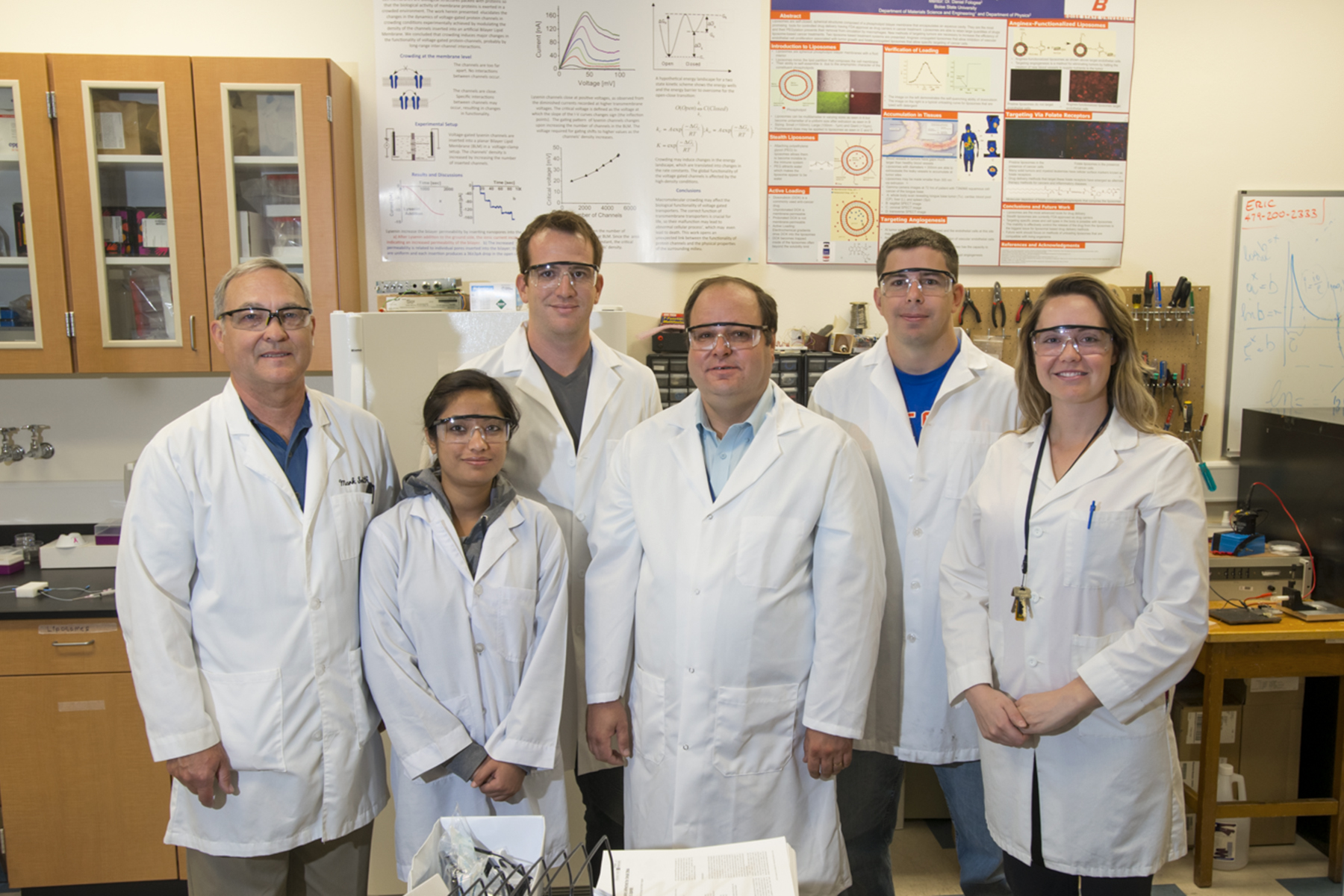
In treating cancer, chemotherapy and radiotherapy are two of the best weapons in a doctor’s arsenal. While radiotherapy can precisely target just the tumor site, systemic chemotherapy spreads a wide net, sending drugs speeding throughout the entire body in an attempt to kill cancer cells while also killing many healthy cells. Neither of these methods is highly effective when applied alone, therefore separated sessions of chemo and radiotherapy are required when fighting against solid tumors.
Reports have shown that ideally, both methods would be employed at the same time. But doing so produces levels of toxicity that are often deadly. To reduce the remote toxicity inherent to chemotherapy, the drugs can be administered into solid tumors by using liposomes, which are nanoscale vesicles made from fats and loaded with anti-cancer drugs. Liposomes self-accumulate within the tumor but the loaded drugs will be released very slowly from their encasing.
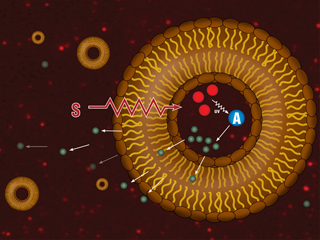
What if, researchers postulated, you could deliver chemotherapy drugs much faster to a targeted area using radiation?
A new patent awarded to Fologea, a professor in the Department of Physics, and co-researchers from the University of Arkansas in August 2014 holds promise of a way to combine the oomph of chemotherapy with the precision of radiotherapy, without harm to healthy cells.
Physics Professor Alex Punnoose Selected for Prestigious NSF Award
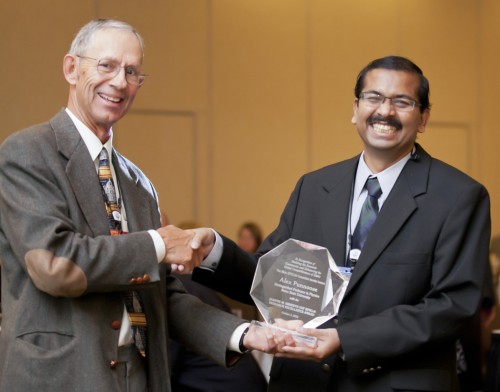
Boise State University Distinguished Professor of Physics Alex Punnoose has been selected as the recipient of the 2012 Jean’ne M. Shreeve NSF EPSCoR Research Excellence Award.
The award was established to recognize the accomplishments of a faculty member at Boise State University, Idaho State University, the University of Idaho or other state institution of higher education who has previously been an active participant in the NSF EPSCoR program.
This is the second time the award has been made; Jean’ne M. Shreeve was the first recipient in 2011. The award, which includes a plaque and $5,000, was presented at a lunch during the Idaho EPSCoR annual meeting at the Grove Hotel on Oct. 3.
Punnoose’s major areas of research focus on nanotechnology and include nanoparticle-based cancer and antibacterial therapies, spintronics, nanotoxicology and nanosensors. Beyond his own department, he has served on graduate thesis committees and won joint research grants with faculty across disciplines. He also has been involved in curriculum development and more in four graduate programs on campus. He is the recipient of the 2007 Foundation Scholar Award for Research.
Punnoose received his Ph.D. and M.S. in physics from Aligarh University, India, and his B.S. in physics from the Mahatma Gandhi University, India.